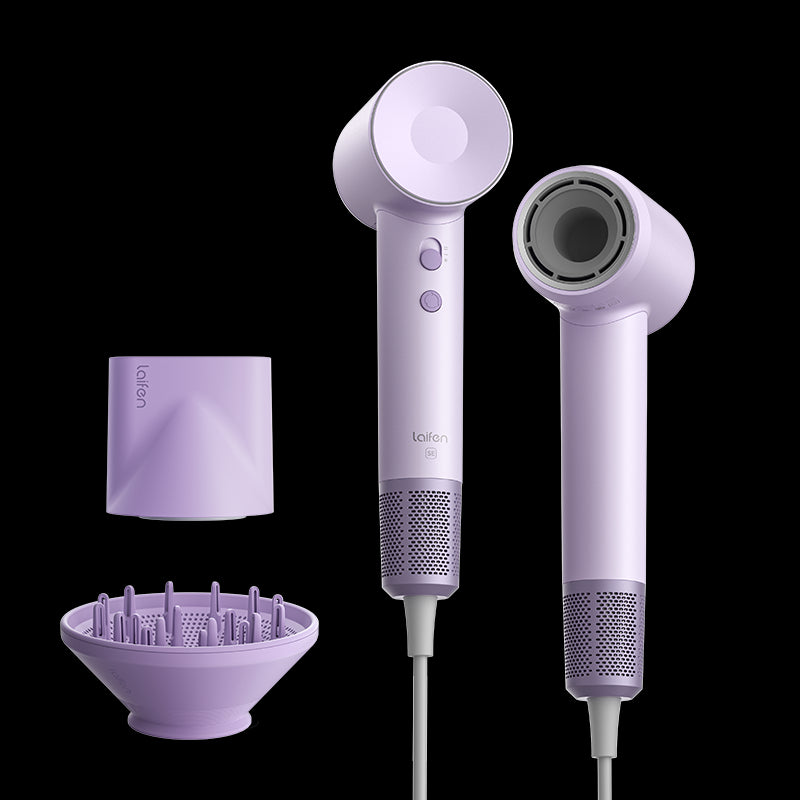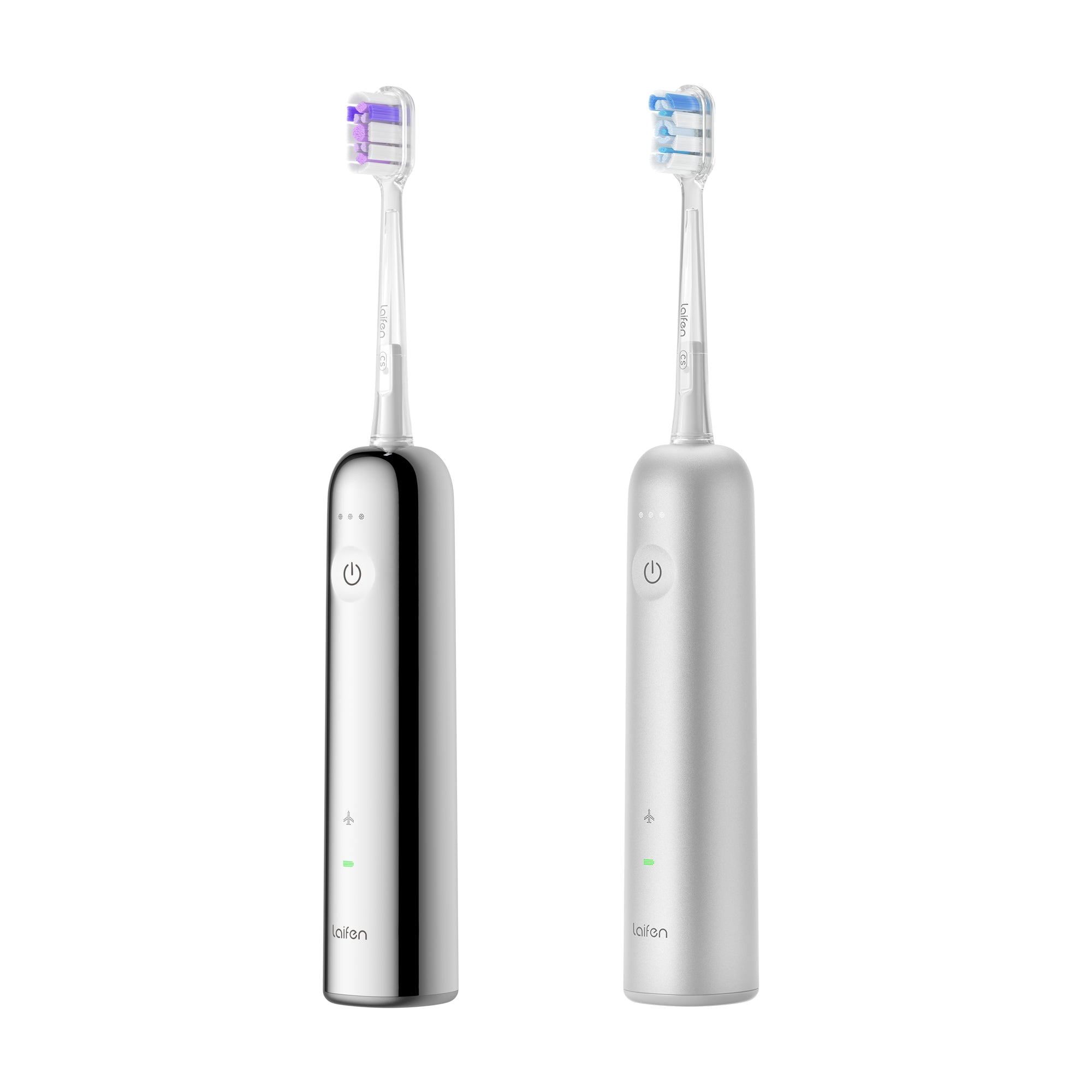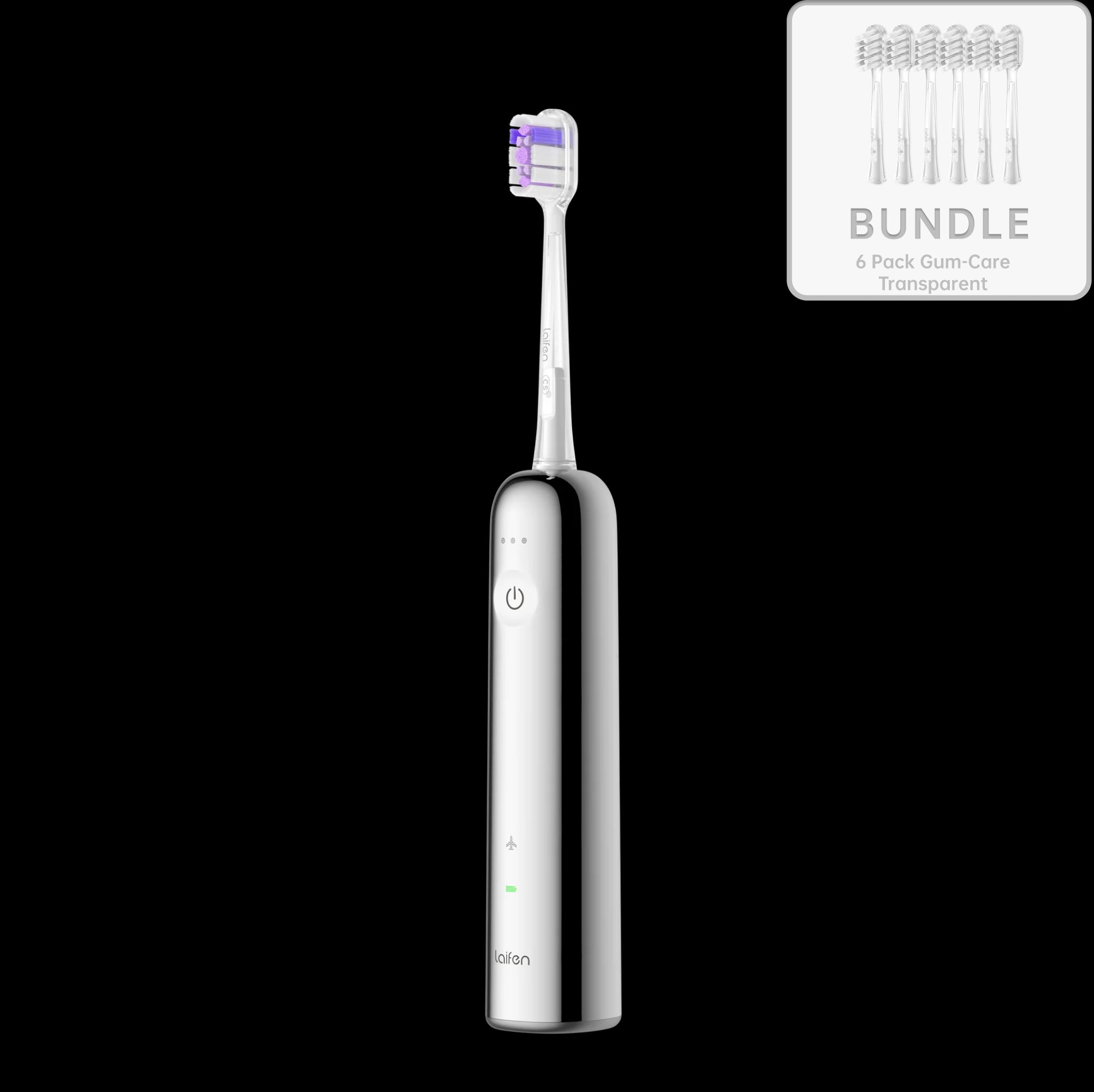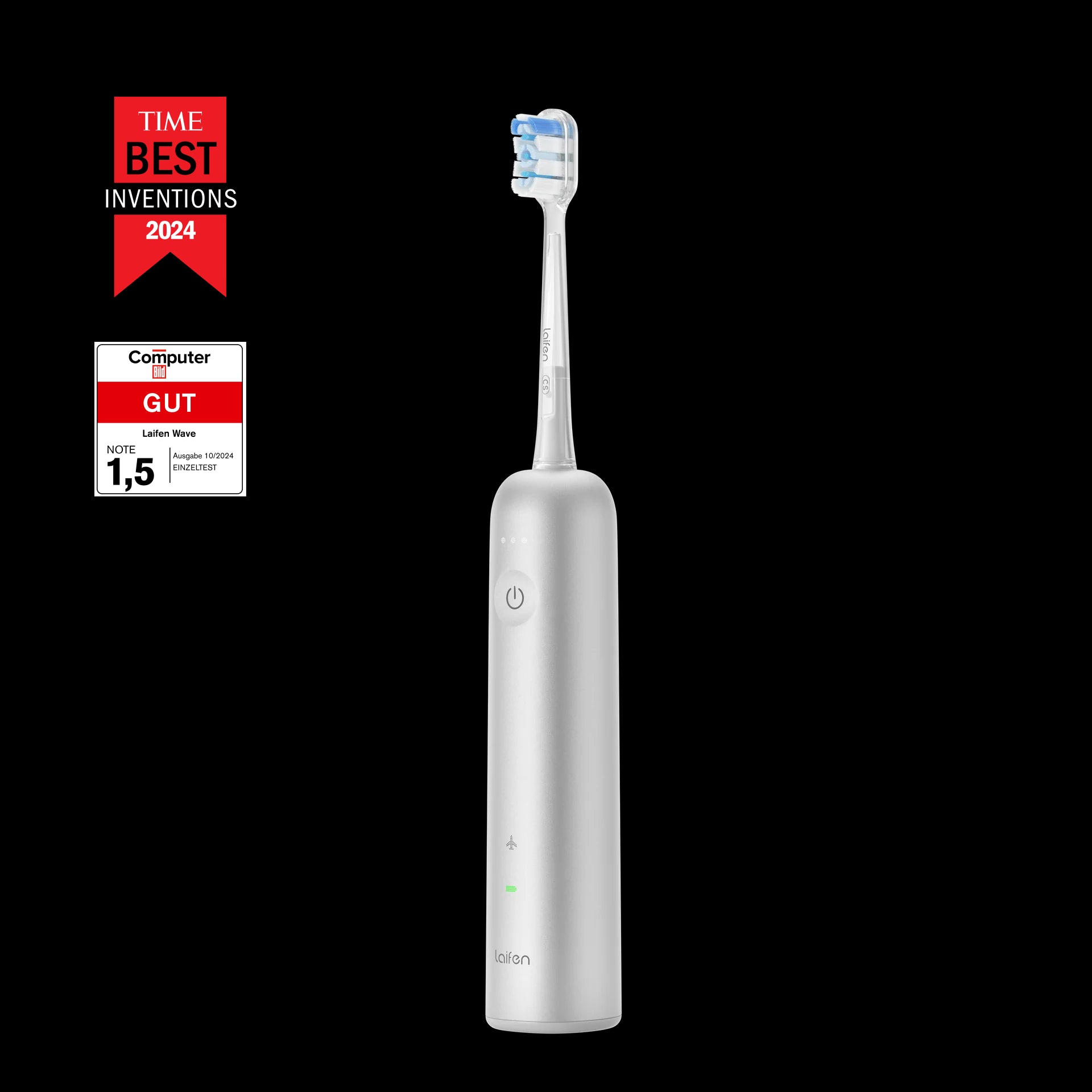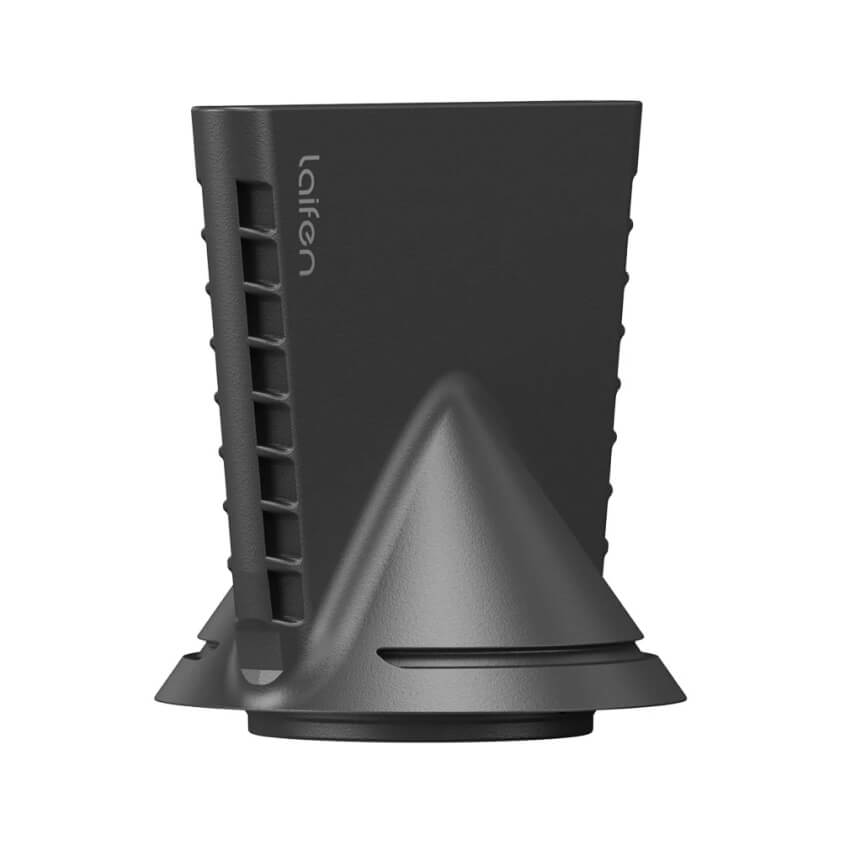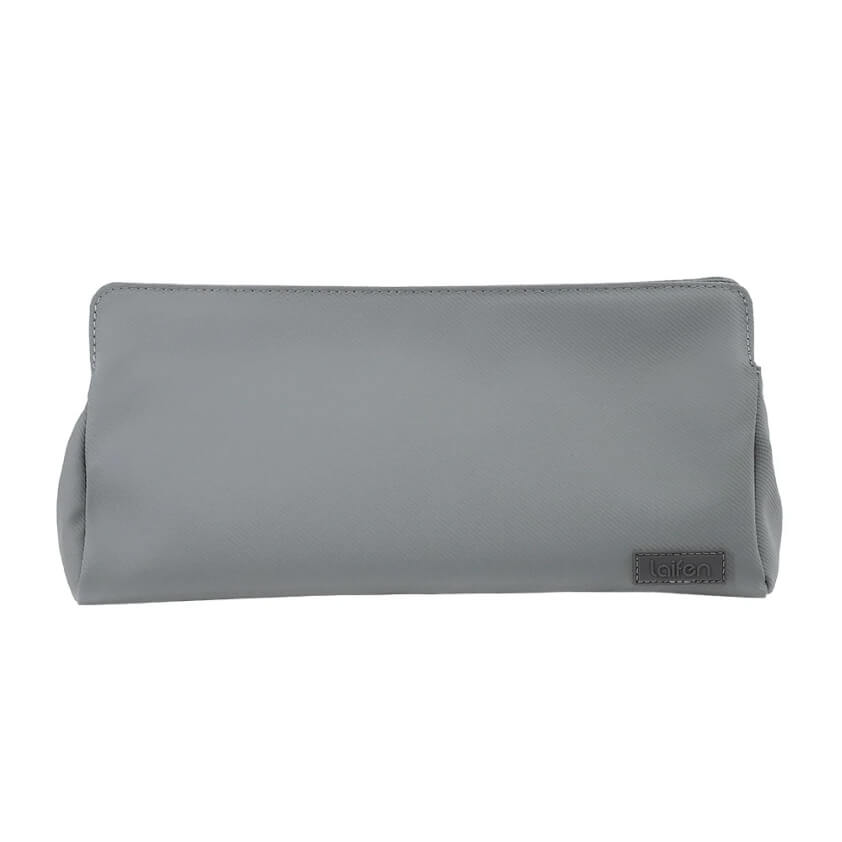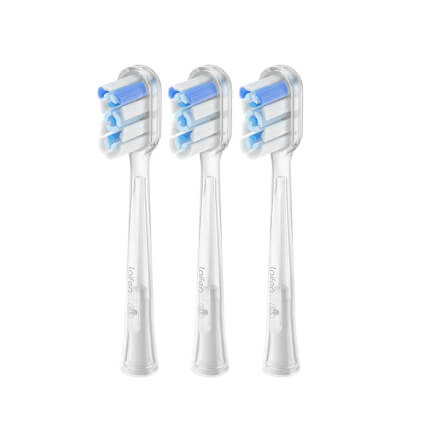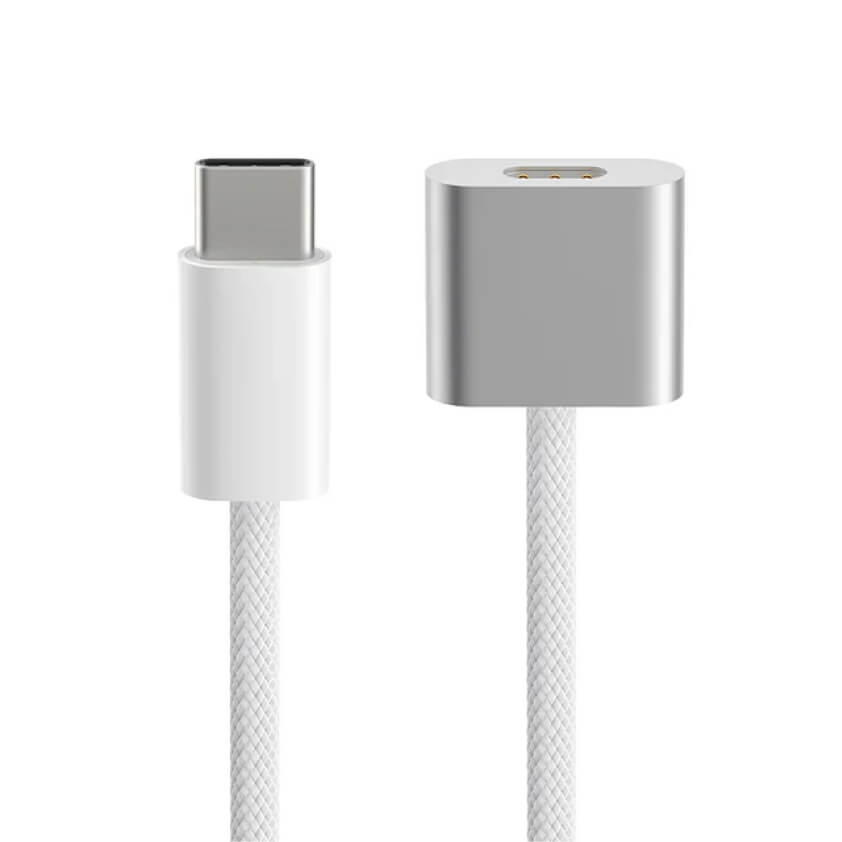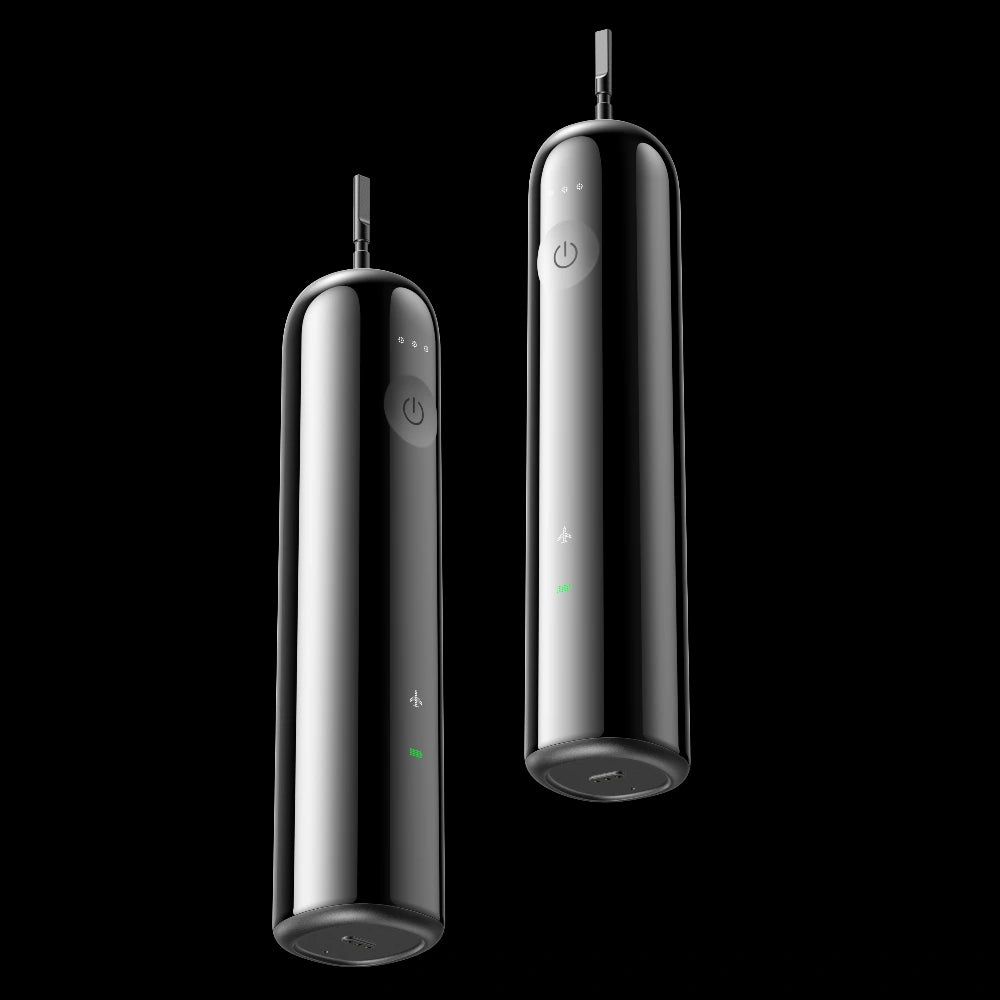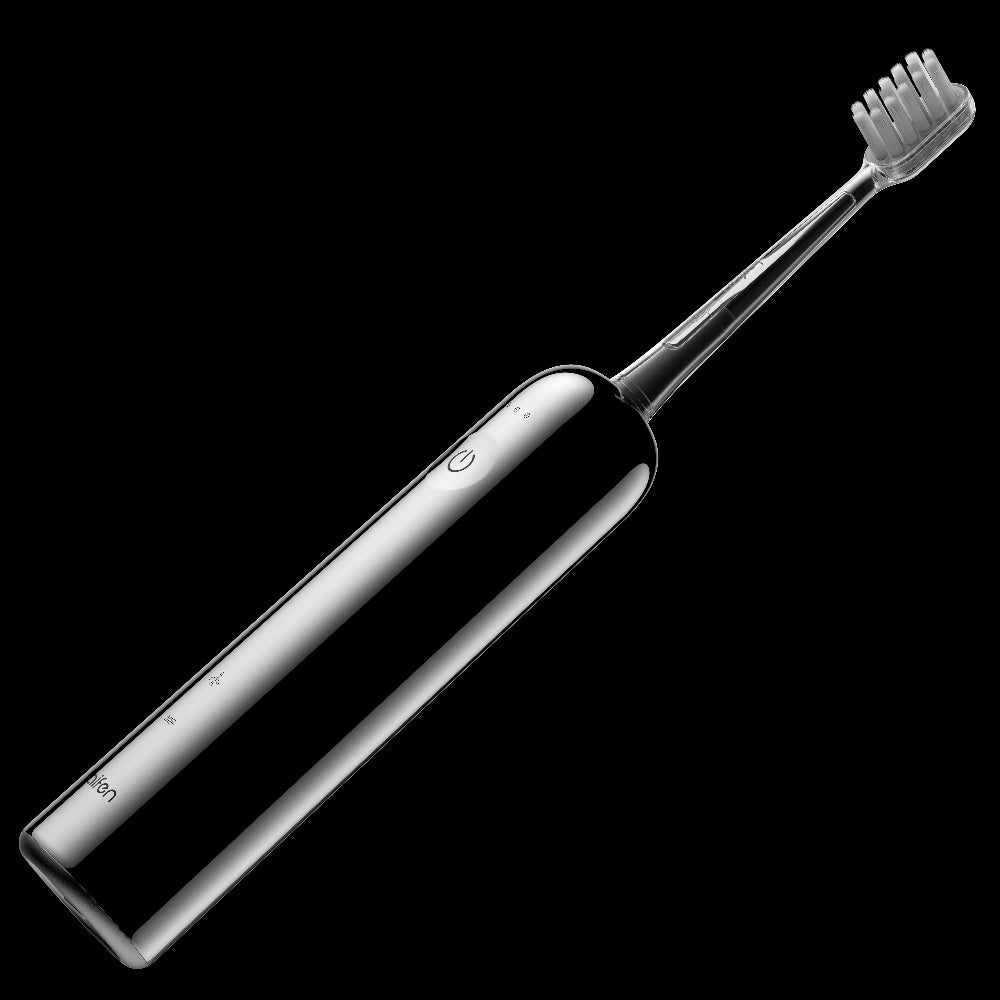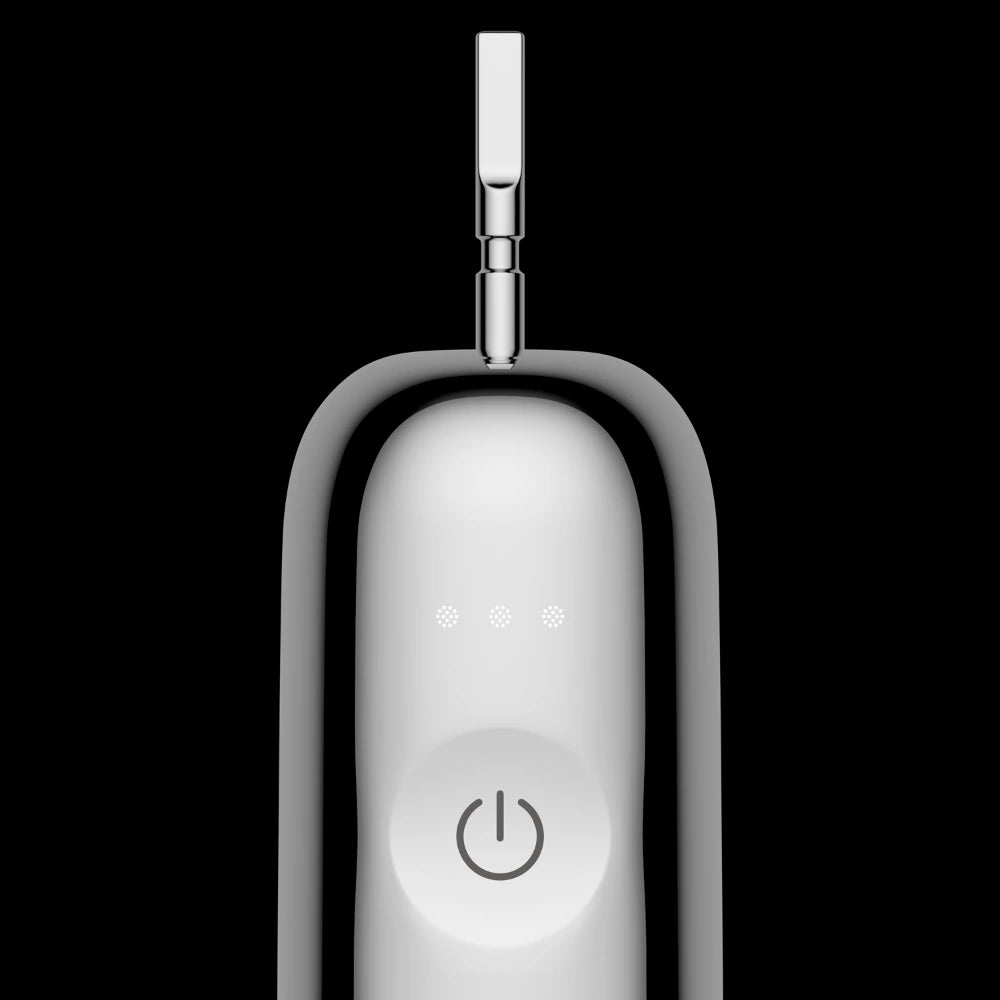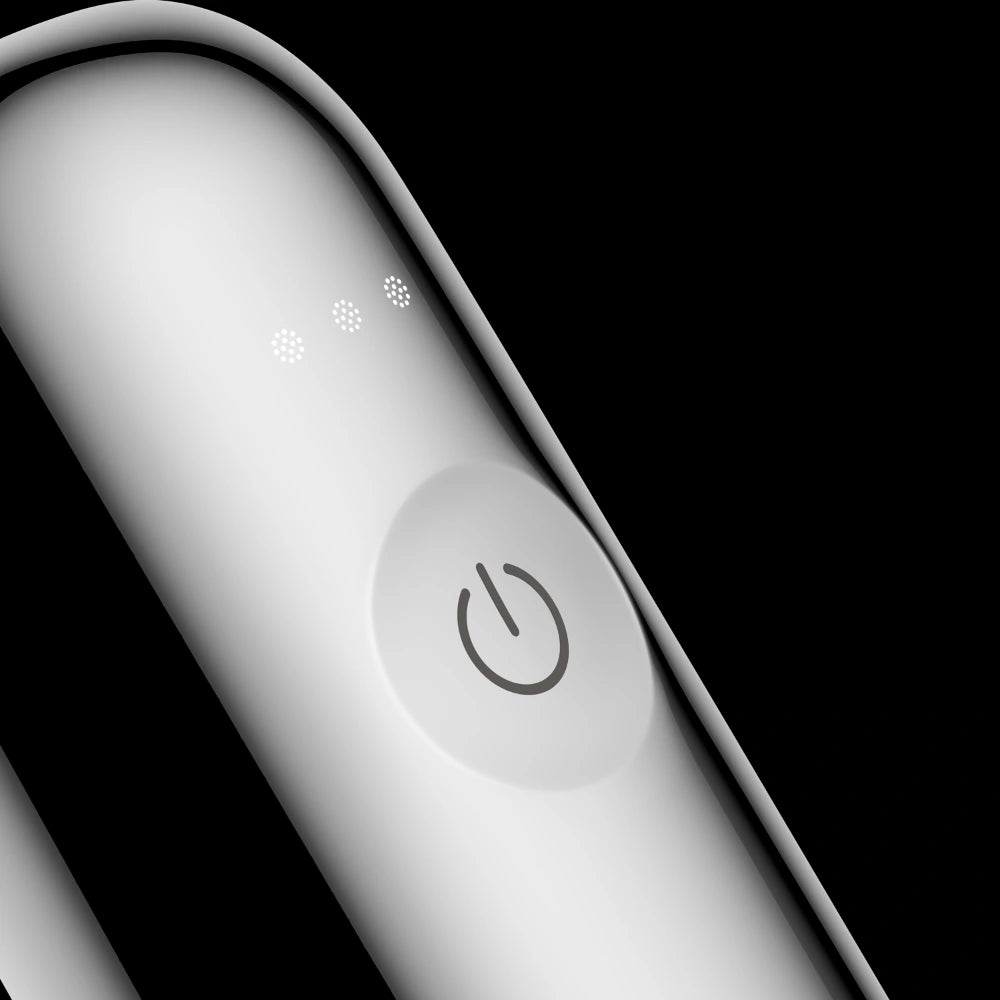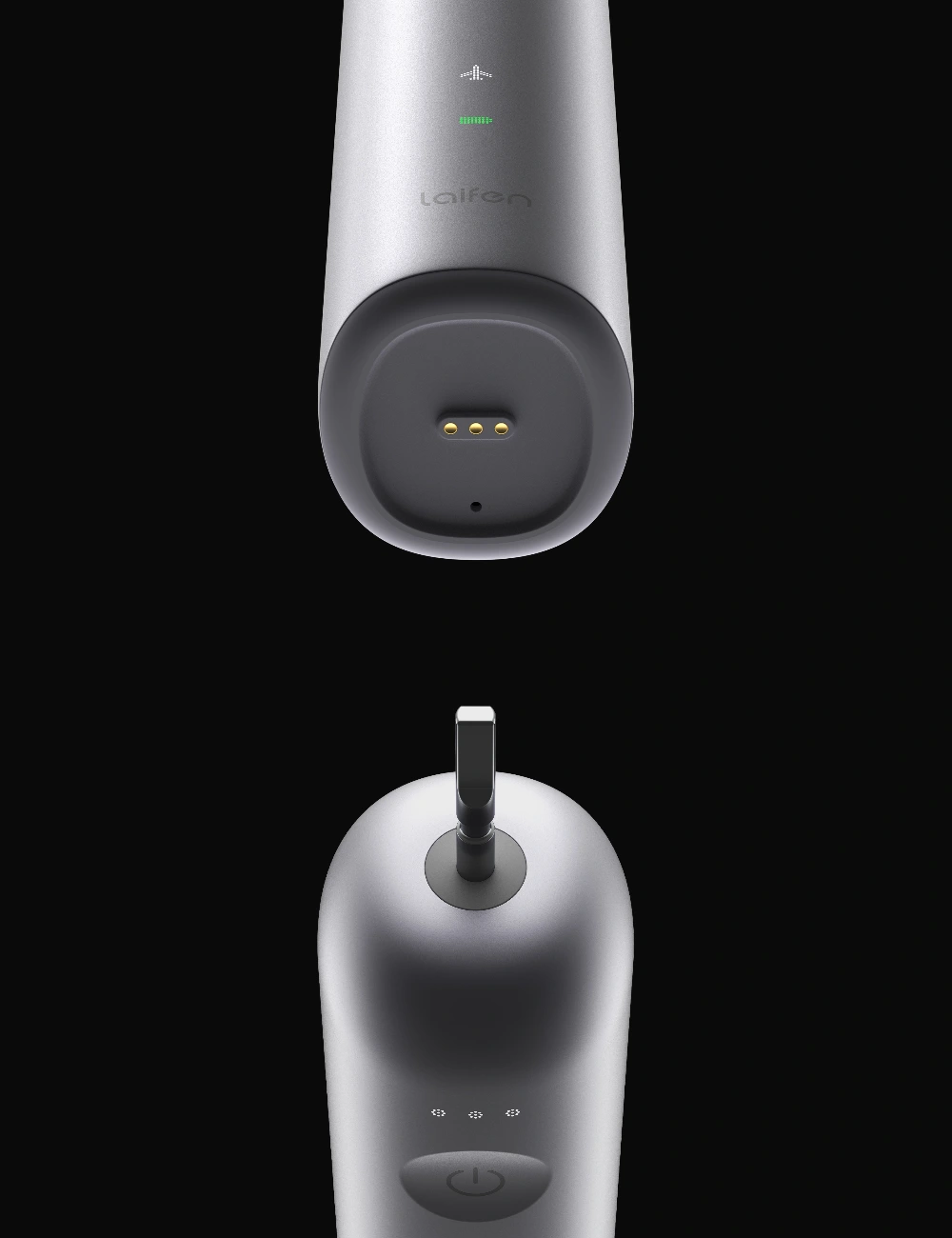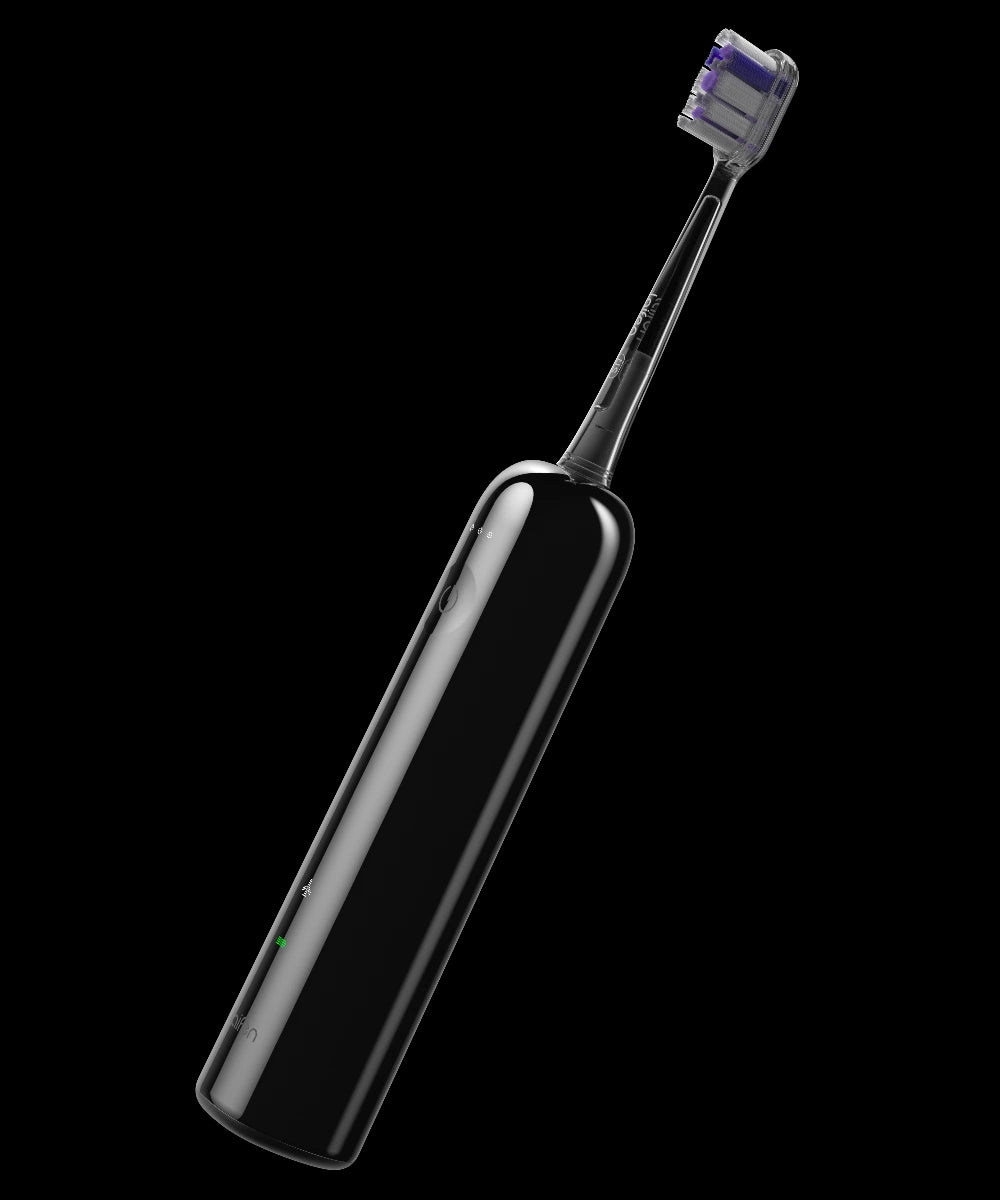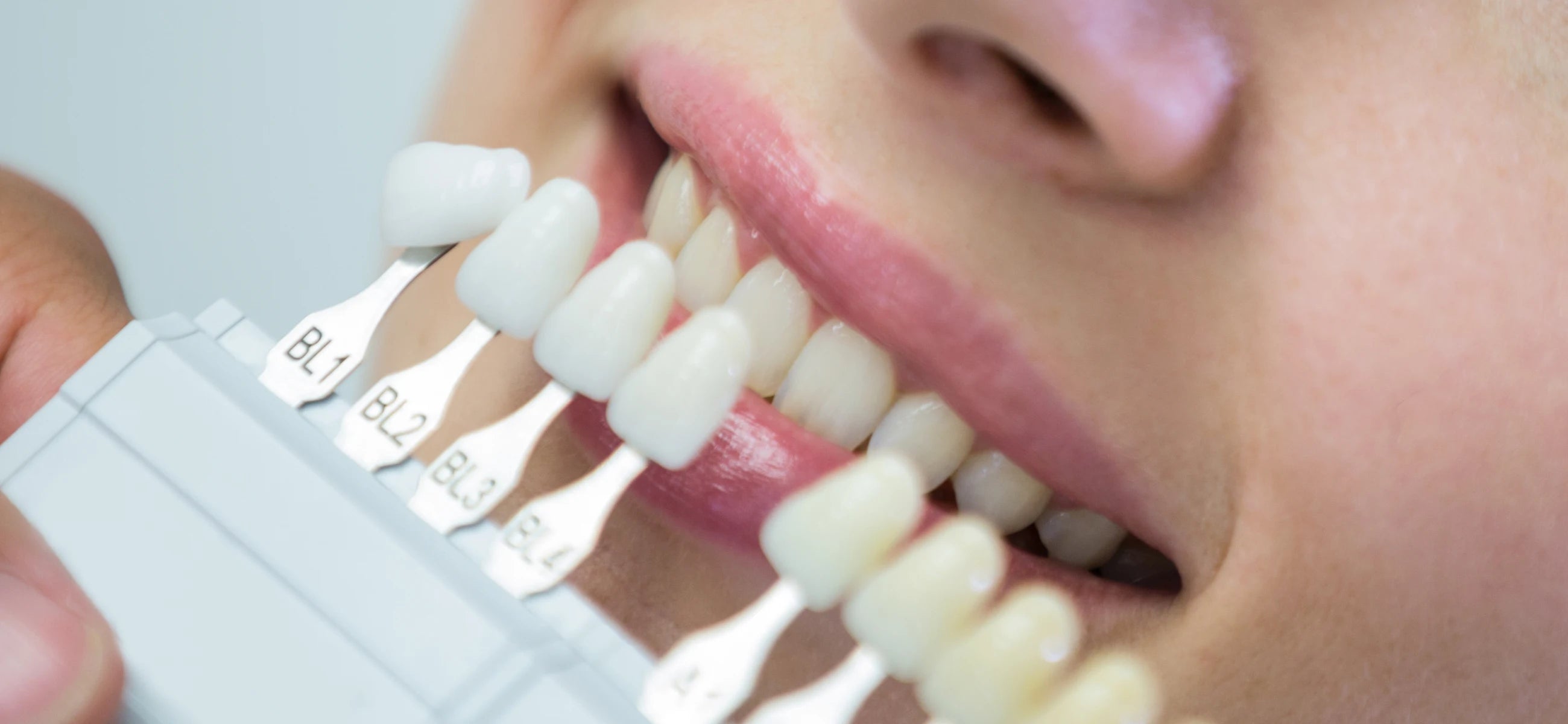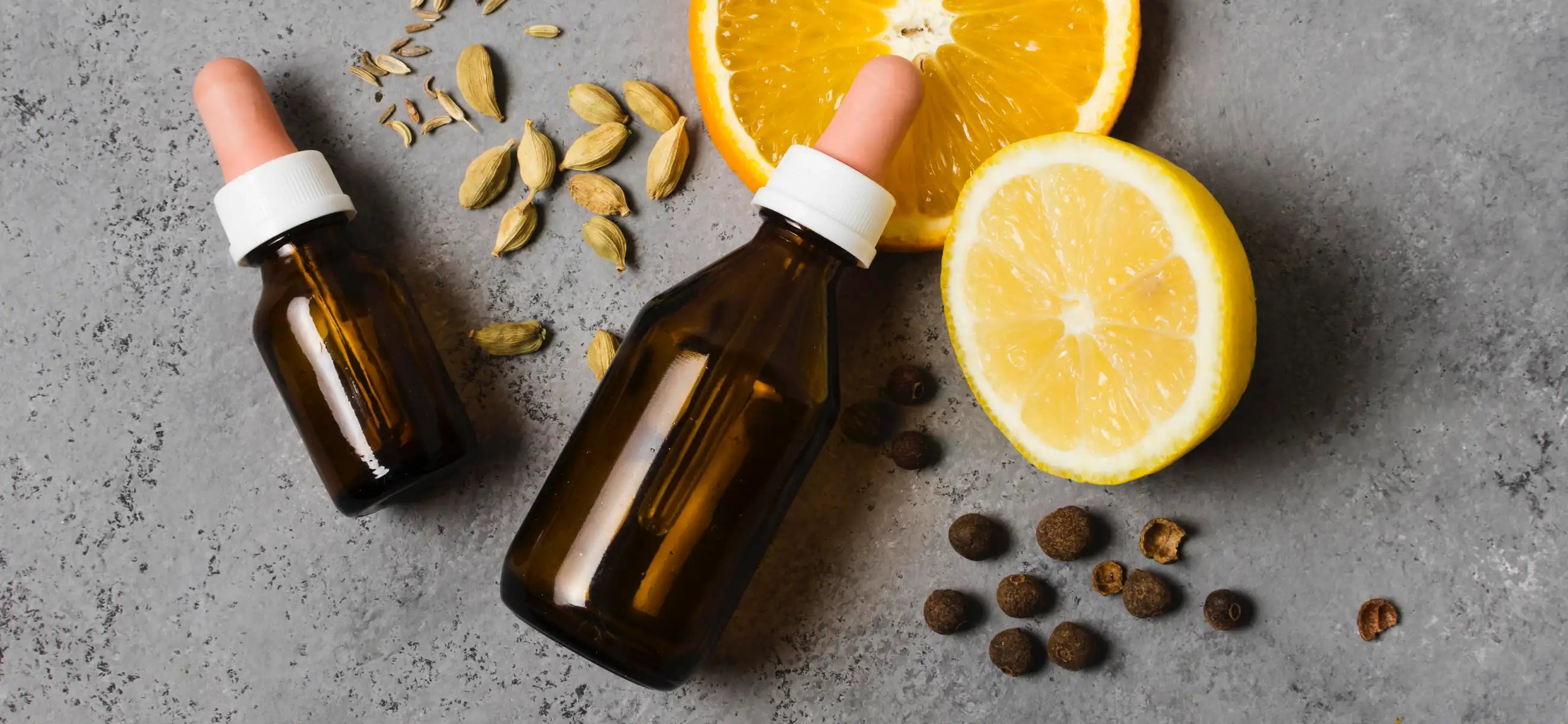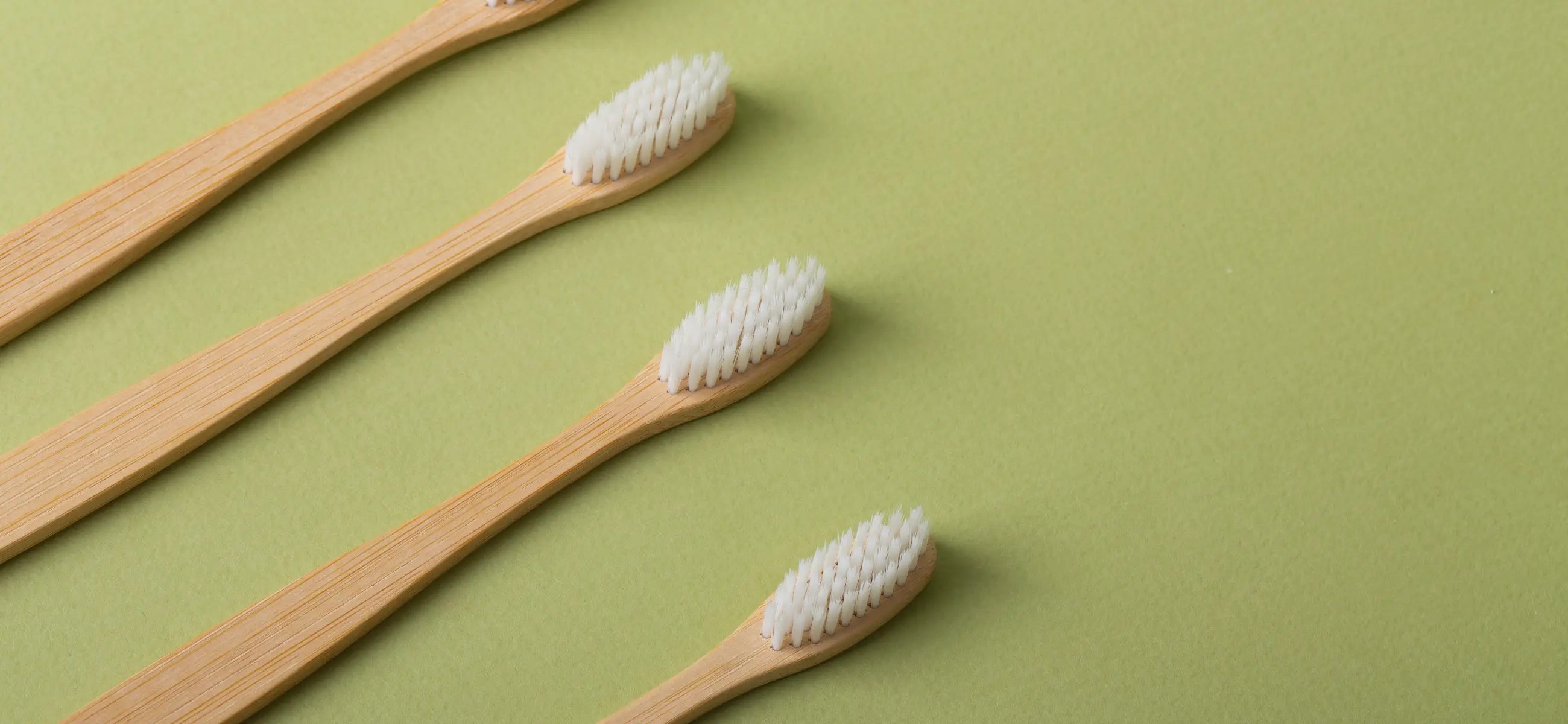
In this article
A hearty laugh isn't just fundamentally likeable, it also opens many a door. Of course, this effect is even stronger when you have well-taken-care-of, gleaming white teeth. However, beautiful teeth are not only an important part of everyday life but also for self-confidence, as they are all too often exposed. If you don't have the privilege of having naturally gleaming white teeth, there are various ways to give teeth whitening a boost. One of these are the so-called bleaching strips for teeth, which are generally used for 14 days and are intended to ensure significantly whiter teeth. But which are the best teeth whitening strips for sensitive teeth?
What are whitening strips?
Teeth whitening strips are also known as whitening strips, whitening strips, white strips, whitening strips for teeth or whitening strips for teeth whitening. The best-known name is probably the brand name White-Strips from the company Crest. You can know about the before and after after using whitening strips.
However, don't be confused by the different names of the bleaching strips for teeth whitening, in principle all products with these names are the same article: transparent and coated plastic films for teeth whitening. These are applied to the upper and lower row of teeth once or twice a day to whiten the teeth. However, crowns, fillings or ceramic veneers are not whitened during home bleaching.
What are the best whitening strips for sensitive teeth?
There are also the best teeth whitening strips for sensitive teeth if you happen to have sensitive pearly whites. Make sure that the strips have a mild concentration of whitening product. Tolerance is also important here. Before buying whitening strips for sensitive teeth, you should also make sure that you tolerate all the ingredients well.
Tooth sensitivity can occur during or after the use of peroxide-based whitening agents. If your teeth are sensitive, you may have an increased reaction to hot or cold drinks, vigorous brushing, or sweets, which may manifest itself as a short, sharp pain. This pain often occurs in the early stages of a whitening treatment as the hydrogen peroxide penetrates your enamel and comes into contact with the nerves in the underlying dentin layer.
Unless a peroxide-based bleaching agent is included, products such as whitening toothpastes usually cause less sensitivity as they only treat the tooth surface.
However, patients may experience different results when using the same product depending on their individual tooth characteristics. In general, the risk of tooth sensitivity after whitening is greater with gels used in conjunction with a tray than with over-the-counter whitening products.
Best crest whitening strips for sensitive teeth – what must be observed during application?
If you want to whiten teeth with the White Strips, you must ensure that the strips are in direct contact with the tooth surface. The bleaching agent can only be effective if the foil of the strips has good contact with the tooth. The strips are applied to the visible areas of the tooth and then folded over to the back of the tooth.
The strips must remain on the teeth for around 45 - 60 minutes to take full effect.
If you are not sure, which whitening strips are the best for sensitive teeth, it will help you to read some of the best teeth whitening strips for sensitive teeth reviews.
Different sensitivities
Tooth sensitivity is particularly common with higher concentrations and a longer exposure time of the whitening product. Most professional whiteners contain higher concentrations of hydrogen peroxide than commercially available over-the-counter whitening products.
The use of peroxide-based bleaching agents can also cause gum irritation, although in some cases tissue irritation is also caused by poorly fitting trays containing the bleaching agent. Other side effects in the dental area and soft tissues (oral mucosa) include sensitivity of the dental pulp, root resorption and the release of certain components of dental restorative materials.
What brings relief for sensitive teeth?
The sensitivity of teeth and gums is usually temporary and subsides after the whitening treatment. However, the frequency and severity of tooth sensitivity can vary depending on the procedure, the quality of the bleaching product and the patient's individual reaction to the materials and procedure.
There are several products and methods that are often recommended for whitening tooth sensitivity - also referred to as dentin hypersensitivity:
-
Use a teeth whitening product with a lower concentration.
-
Reduce the application time or wear the tray for a short period of time.
-
Extend the intervals between individual whitening treatments.
-
Avoid tooth whitening for a longer period of time.
-
Use a desensitizing product to treat your tooth sensitivity or go to the dentist for a special varnish treatment.
-
Get a prescription for a gel or special toothpaste for sensitive teeth.
-
Brush your teeth gently with a soft-bristled toothbrush and use lukewarm water.
-
Avoid hot or cold food and drinks for one to two days after teeth whitening.
-
Avoid excessive use of whitening treatments at home.
-
Use a desensitizing agent 10 to 30 minutes before and after each whitening treatment.
-
Prefer whitening products with added desensitizing agents.
The bottom line
Over the years, our teeth have to put up with a lot. Drinks, nicotine, and various types of food leave their mark, which can often be seen as dark discoloration. Your smile suffers most from this.
Today, a healthy smile with white teeth is no longer just a beauty ideal but is often seen as a reflection of individual oral hygiene. There are various ways to whiten teeth. Whitestrips are one of the most convenient options. The effect is comparable to bleaching your hair.
Whitestrips have not been around for very long. However, they are already very popular. The strips are not particularly thick and are very flexible, allowing them to adapt perfectly to your own teeth. If you want to whiten your teeth with the White Stripes for the first time, you should take a little time. It takes a little practice before the plastic strips are easy to apply. The bleaching agent required is a type of dry gel which is applied to the thin strips.


